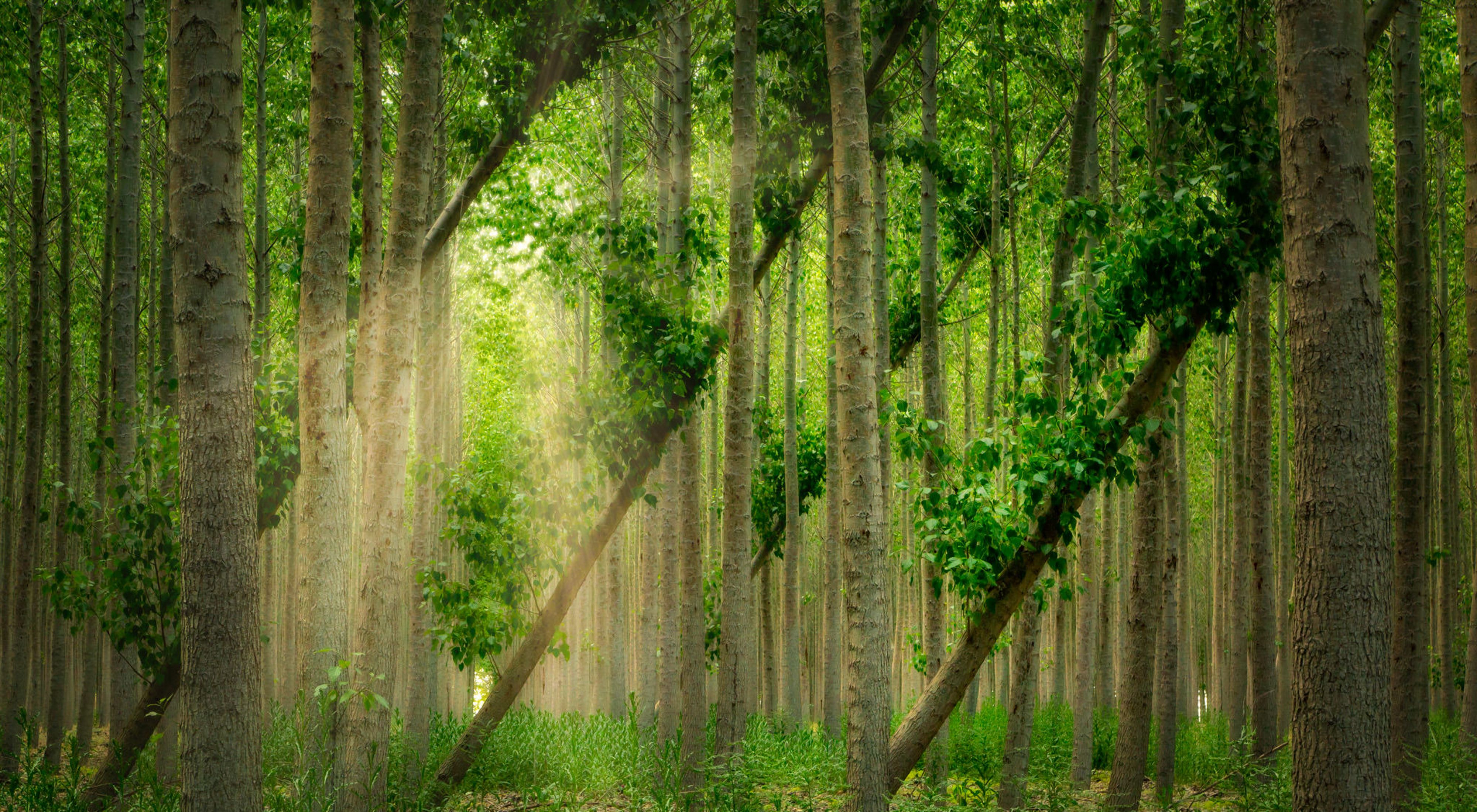During a time of unprecedented change to our global climate, it can be convenient to think of nature as a victim. But science shows nature is poised to play a significant role in much needed efforts to both store carbon and reduce emissions. In fact, restoring, protecting and harnessing the power of our forests, grasslands and wetlands will provide at least 30% of the reduction in greenhouse gasses needed for a prosperous, low-carbon future.
We call these opportunities Natural Climate Solutions and they are among the most effective and cost-efficient strategies available to address climate change. Here are four examples of Natural Climate Solutions projects The Nature Conservancy is leading right here in Oregon.
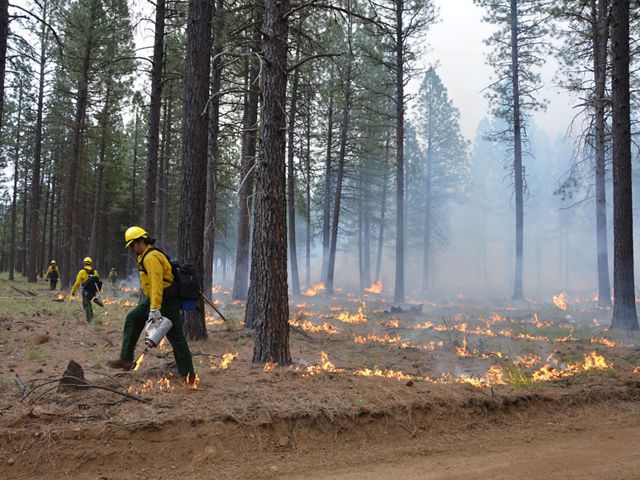
Forest Fire Management
Many forests, such as those found in central and southern Oregon, are adapted to regular low-intensity fires. Historically, these small fires would burn low along the ground and eliminate overgrowth and other “fuels.” Longer, drier summers brought on climate change and century of human efforts to stop these small fires has left these forests out of balance and at high risk of uncharacteristically severe wildfire. In places like Ashland and Bend, we’re leading efforts to use controlled burns to clear out small material and help the larger trees, and the communities that rely upon them, thrive. In addition to community safety, it’s a double-win for carbon reduction—saving the trees themselves, but also keeping forests hard at work cleaning the air.
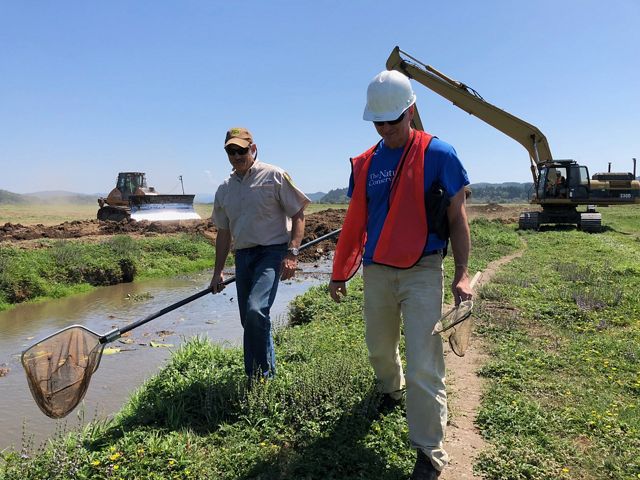
Coastal Wetlands Restoration
Tidal marshes, seagrass beds and other “blue carbon” ecosystems store vast amounts of carbon, drawing it in while growing and later transferring it to the rich soil held by their roots. Left undisturbed, this carbon will remain in the soil for thousands of years. The Nature Conservancy is working to restore tidal wetlands along the Oregon Coast that have been converted to agriculture or impacted by transportation. In addition to recent efforts at the Kilchis River Estuary and at Winter Lake near Bandon have returned these critical habitats to their historic function. The need for restoration is greater than any one organization, which is why we are a part of the Tillamook Estuary Partnership, a unified “nursery” effort by many conservation groups to grow native plants near the coast exclusively for use in wetland restoration projects.
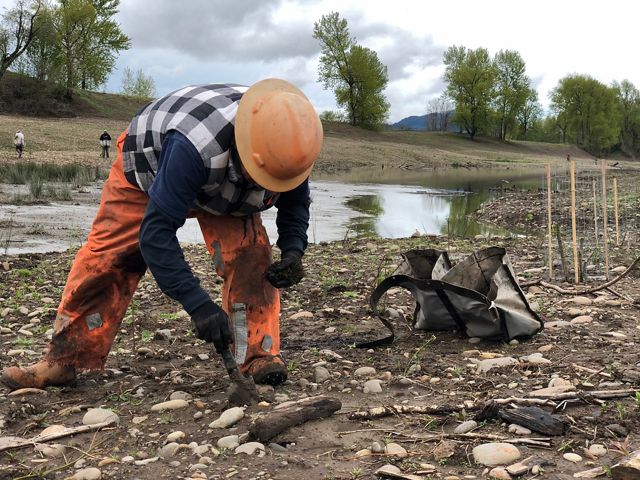
Replanting
Globally, reforestation is the single largest nature-based climate opportunity we have. In addition to providing clean water, clean air, flood control, more fertile soil and sustainable wood products, healthy forests inexpensively sequester tons of carbon dioxide. Many of our restoration projects include massive plantings. Recent efforts at our Willamette Confluence Preserve included planting more than 300,000 native trees and shrubs—creating a new forest where a gravel mine once operated.
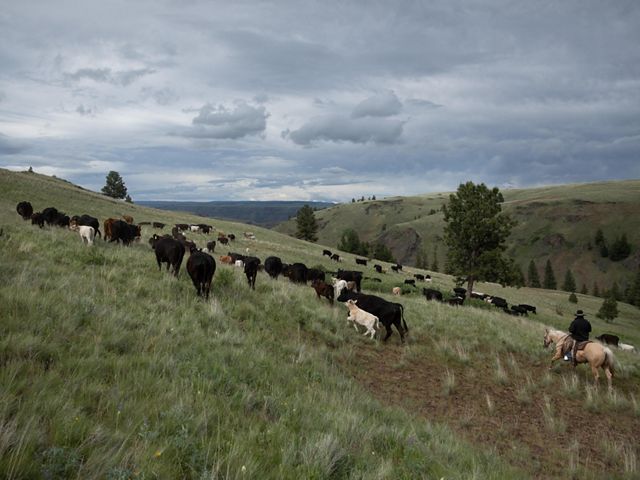
Avoiding Grassland Conversion
When natural grasslands are tilled, nearly half of the carbon stored in the soil is lost to the atmosphere. Yet, they are among the most imperiled habitats on Earth. Globally, an area of natural grasslands larger than the state of Connecticut are converted for agriculture. Here in the United States, 77% of land converted to agriculture between 2008 and 2012 was from grasslands. Thankfully, due to decades-long efforts by The Nature Conservancy and other conservation partners, Zumwalt Prairie Preserve in northeastern Oregon is home to the largest native grassland prairie of its type in North America. Working with our ranching neighbors, we’re developing new methods to intensify sustainable grazing across the prairie.
Infographic
The Green Path to
a Stable Climate
we must cut 30 gigatons a year of carbon emissions by 2030 if we are to keep global temperature increases well below 2 degrees Celsius, (3.6 degrees Fahrenheit). Nature can reduce more than one-third of the emissions needed to hit this goal if countries invest in carbon-storing forests, grasslands, wetlands and farmlands.
we must cut 30 gigatons a year of carbon emissions by 2030 to keep the climate stable. Nature can deliver more than one-third of this goal.
Weighty Matters
A gigaton equals 1 billion metric tons —the equivalent of about 3,000 Empire State Buildings. Carbon figures below are in millions of metric tons.
19 gigatons
Clean energy

Nature
11 gigatons
Of the 30 gigatons of excess carbon in the atmosphere each year, 11 gigatons could be removed using nature itself.
Weighty Matters
A gigaton equals 1 billion metric tons —the equivalent of about 3,000 Empire State Buildings. Carbon figures below are in millions of metric tons.



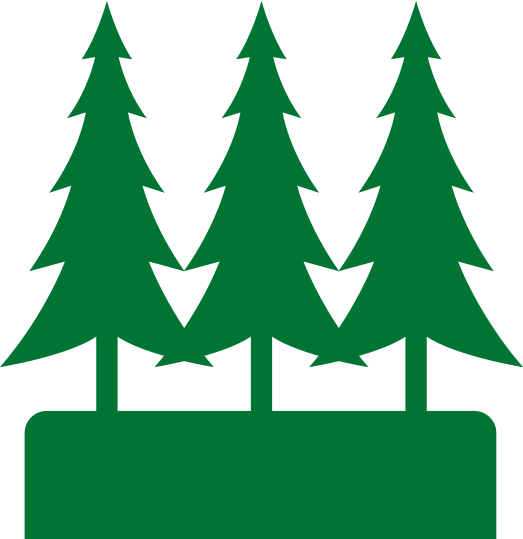




Forests3,007
Wetlands952
Grasslands35
Forests3,037
Wetlands594



Forests3,007
Wetlands952
Grasslands35





Forests3,037
Wetlands594
The Time to Act is Now
Add your voice to the 7 out of 10 Oregonians who support a Cap-and-Invest Policy and take a small step that will make a big difference in the fight against climate change.
